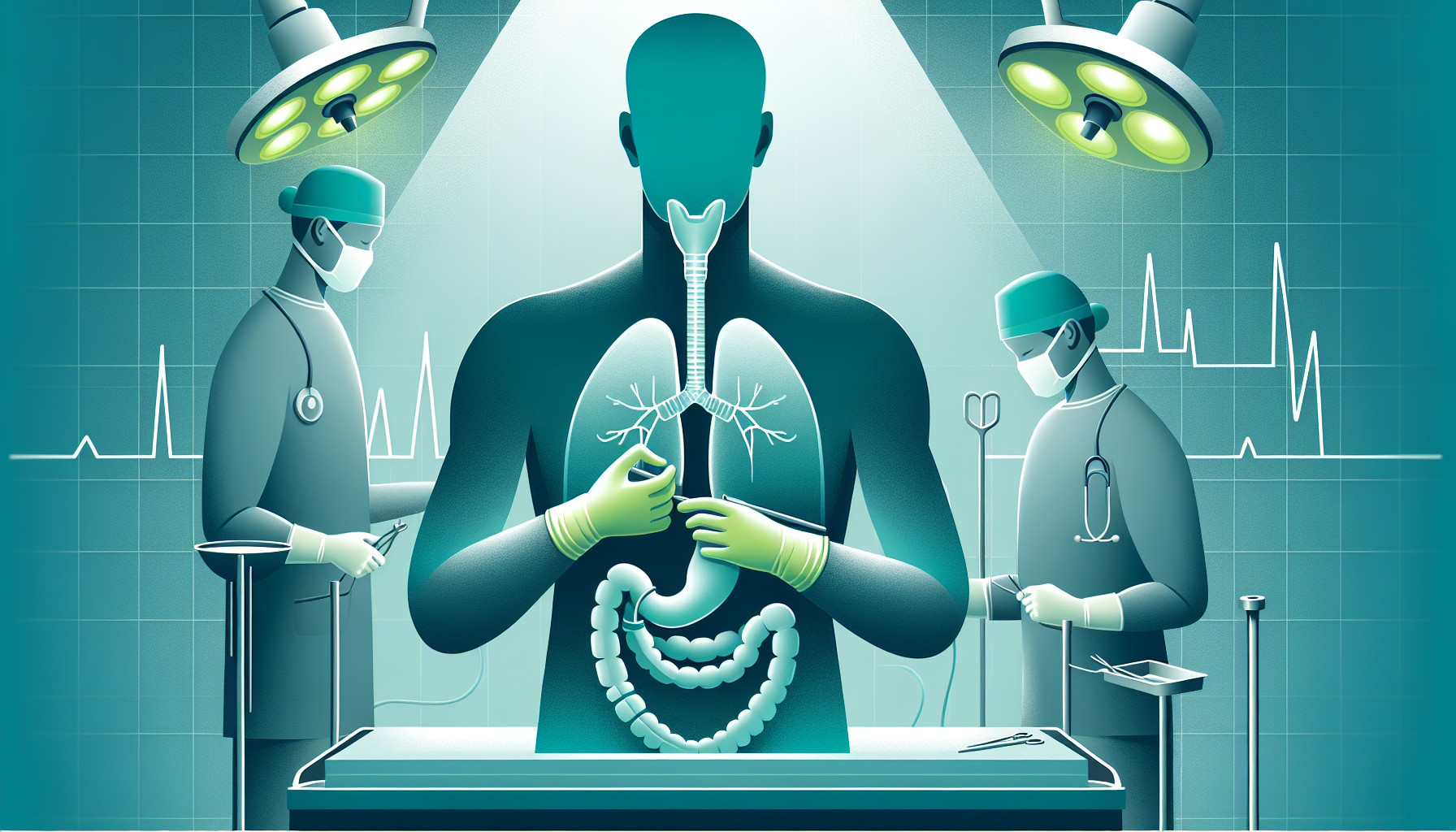Our Summary
This study describes the creation and validation of a tool, known as the Convalescent Symptom Assessment Scale for oesophagectomy patients (CSAS_EC), to measure how well patients recover after having surgery to remove part of their oesophagus. The researchers used a combination of literature review, interviews, expert feedback, and preliminary testing to fine-tune the tool. Then, they used it on 331 patients to see how well it worked. The results showed that the CSAS_EC tool is effective and reliable, with a Cronbach’s α score of 0.827 (a measure of reliability, with 1 being perfect). The tool measures four areas: symptoms that occur early in recovery, symptoms that occur later, persistent symptoms, and psychological symptoms. This tool can be used to evaluate how well patients are recovering after oesophagectomy.
FAQs
- What is the purpose of the Convalescent Symptom Assessment Scale for oesophagectomy patients (CSAS_EC)?
- How was the reliability of the CSAS_EC tool measured in the study?
- What are the four areas that the CSAS_EC tool measures in oesophagectomy patients?
Doctor’s Tip
A doctor might tell a patient undergoing esophagectomy to track their symptoms using a tool like the Convalescent Symptom Assessment Scale for oesophagectomy patients (CSAS_EC) to monitor their recovery progress and communicate any concerning symptoms to their healthcare team. This can help ensure timely intervention and support during the recovery process.
Suitable For
Esophagectomy is typically recommended for patients with esophageal cancer, Barrett’s esophagus, severe esophageal reflux disease (GERD), or other conditions that affect the esophagus. Patients who are recommended for esophagectomy are usually those who have not responded to other treatments, such as medications or lifestyle changes, and whose condition is severe enough to warrant surgery. Additionally, patients who are relatively healthy overall and have a good chance of tolerating the surgery and recovering well are also good candidates for esophagectomy.
Timeline
Before esophagectomy:
- Patient meets with healthcare provider to discuss surgery, risks, and benefits.
- Patient undergoes preoperative testing, such as blood work and imaging.
- Patient may undergo neoadjuvant therapy, such as chemotherapy or radiation.
- Patient is admitted to the hospital for surgery.
After esophagectomy:
- Patient wakes up in the recovery room and is monitored closely for complications.
- Patient is transferred to a hospital room for further recovery.
- Patient may experience pain, difficulty swallowing, and other symptoms.
- Patient begins physical therapy and respiratory therapy to help with recovery.
- Patient starts a liquid diet and gradually progresses to solid foods.
- Patient may experience complications, such as infection or leakage at the surgical site.
- Patient is discharged from the hospital and continues to recover at home.
- Patient may have follow-up appointments to monitor recovery and address any ongoing symptoms or issues.
What to Ask Your Doctor
- What are the potential risks and complications associated with esophagectomy surgery?
- How long is the typical recovery time after esophagectomy surgery?
- What can I expect in terms of pain management after the surgery?
- Will I need to make any lifestyle changes or follow a special diet after the surgery?
- How will the surgery affect my ability to swallow and eat?
- What are the long-term effects of esophagectomy surgery?
- Will I need any additional treatments or therapies after the surgery?
- How often will I need follow-up appointments after the surgery?
- Are there any support groups or resources available for patients who have undergone esophagectomy surgery?
- What is your experience with performing esophagectomy surgeries, and what is your success rate?
Reference
Authors: Ge H, Ma X, Li W, Wang P, Zhang Z, Qin Q, Li S. Journal: Nurs Open. 2024 Feb;11(2):e2085. doi: 10.1002/nop2.2085. PMID: 38391107
